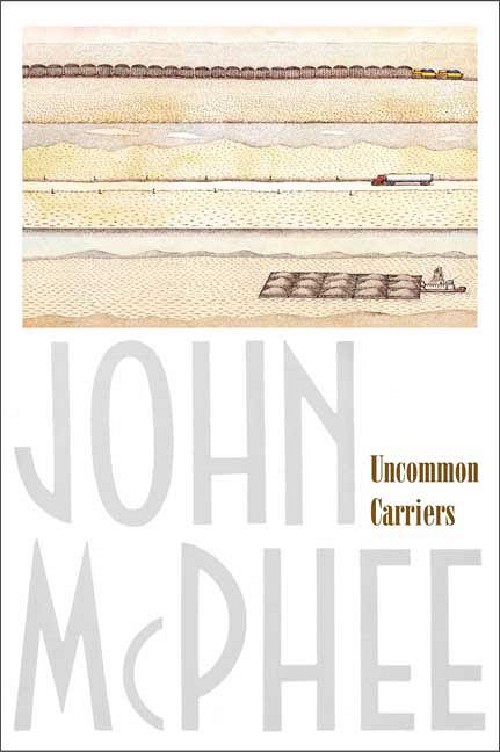How Buildings Learn is a book about all the things we may not commonly think of as architecture. With his thorough research and documentation, Brand works hard to help us all expand our definition. He is concerned not so much with theories of architecture or the fancy buildings that fill glossy architecture magazines, rather he seeks to understand how people inhabit buildings. In his framing, people are the teachers of buildings and their modifications to a building after it is built are lessons being taught to the building.
All buildings are predictions. All predictions are wrong.
So Brand declares towards the end of the book after he has made a pretty convincing argument in support of the bold statement. Through photos on nearly every page (extensively annotated), interviews with practitioners, and real-life case studies, Brand brings the reader along with him as he explores what the builders intended in their initial designs and whether or not those intentions succeeded or failed or, more often than not, did both. The journey is educational and enjoyable.
I found the book recently at a used bookstore and did not intend to read it so soon, but the first few pages captured my imagination and so I kept going. Aside from my dad being an architect, I currently have no direct association with architecture in my day to day living, but I found that the book was much less about teaching me to build better buildings and much more about opening my eyes to the things that make a building successful in the day-to-day lives of its users. From this perspective, I am deeply connected to architecture as the majority of my life is spent inside one building or another.
Brand’s focus on the modifications made after a building’s construction as insight into people, and the failures of planning means that How Buildings Learn has applications for anyone attempting to build stuff. My job currently is building websites and web software, and I found the book incredibly inspiring. I hope to write more about this soon as there was much to mine and explore based on what I learned. In the meantime, if you, like me, stumble across the book in a bookstore, crack it open. Look at the photos and read the corresponding captions. Perhaps you too will quickly become engrossed.



